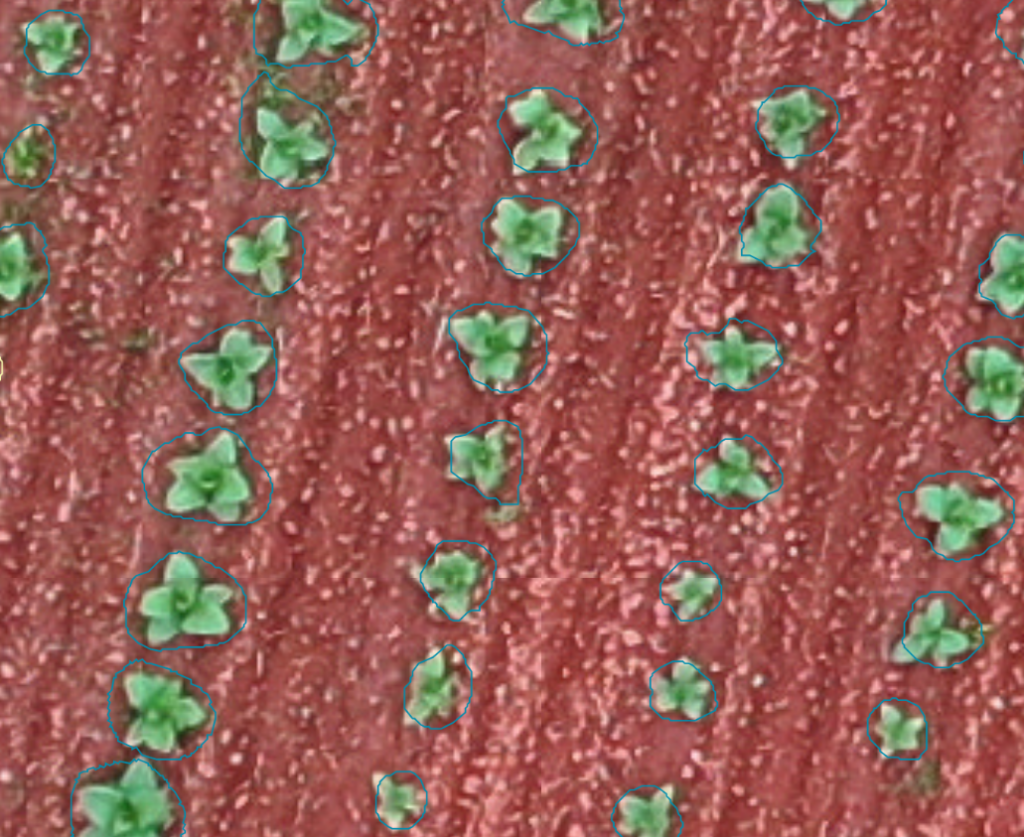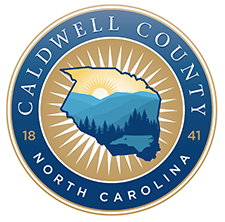Bridging the Gap Between Technology and Real-World Agricultural Challenges
go.ncsu.edu/readext?953058
en Español / em Português
El inglés es el idioma de control de esta página. En la medida en que haya algún conflicto entre la traducción al inglés y la traducción, el inglés prevalece.
Al hacer clic en el enlace de traducción se activa un servicio de traducción gratuito para convertir la página al español. Al igual que con cualquier traducción por Internet, la conversión no es sensible al contexto y puede que no traduzca el texto en su significado original. NC State Extension no garantiza la exactitud del texto traducido. Por favor, tenga en cuenta que algunas aplicaciones y/o servicios pueden no funcionar como se espera cuando se traducen.
Português
Inglês é o idioma de controle desta página. Na medida que haja algum conflito entre o texto original em Inglês e a tradução, o Inglês prevalece.
Ao clicar no link de tradução, um serviço gratuito de tradução será ativado para converter a página para o Português. Como em qualquer tradução pela internet, a conversão não é sensivel ao contexto e pode não ocorrer a tradução para o significado orginal. O serviço de Extensão da Carolina do Norte (NC State Extension) não garante a exatidão do texto traduzido. Por favor, observe que algumas funções ou serviços podem não funcionar como esperado após a tradução.
English
English is the controlling language of this page. To the extent there is any conflict between the English text and the translation, English controls.
Clicking on the translation link activates a free translation service to convert the page to Spanish. As with any Internet translation, the conversion is not context-sensitive and may not translate the text to its original meaning. NC State Extension does not guarantee the accuracy of the translated text. Please note that some applications and/or services may not function as expected when translated.
Collapse ▲In the world of farming and agriculture, innovation is key to ensuring bountiful harvests and economic sustainability. One individual who stands in this area is Jason Ward, a researcher at NC State University. With the help of an ingenious online tool called Solvi, Jason Ward and his team are using technology for plant

Using artificial intelligence (AI) stand counts and plant sizes can be measured. This information helps farms make management decisions to improve profitability.
counting and ultimately replant decision-making.
Farmers need to know how many plants are growing in a given area to make informed decisions about crop stands, potential yields, and management decisions. Traditional methods of plant counting are time-consuming and labor-intensive.
Jason Ward and his team from NC State use Solvi to make plant counts easy. Solvi transforms aerial images into accurate plant counts that can be accessed conveniently online. This technology has also been used in Cadlwell County to count an measure tobacco plants.
The implications of this innovative approach are astounding. Being able to efficiently monitor large fields is a game changer for farmers. The data generated by Solvi’s AI technology offers a bird’s-eye view of the plant distribution. This view provides farmers with the data to make smarter decisions. By quickly identifying areas with lower plant counts, farmers can strategically replant if needed.




